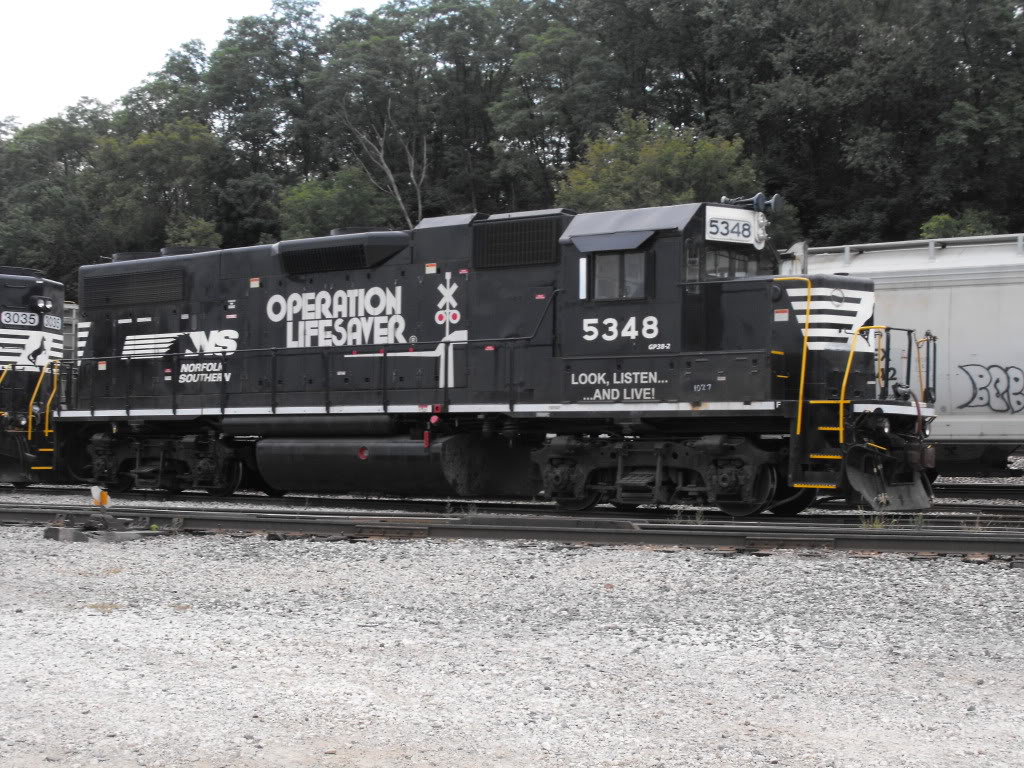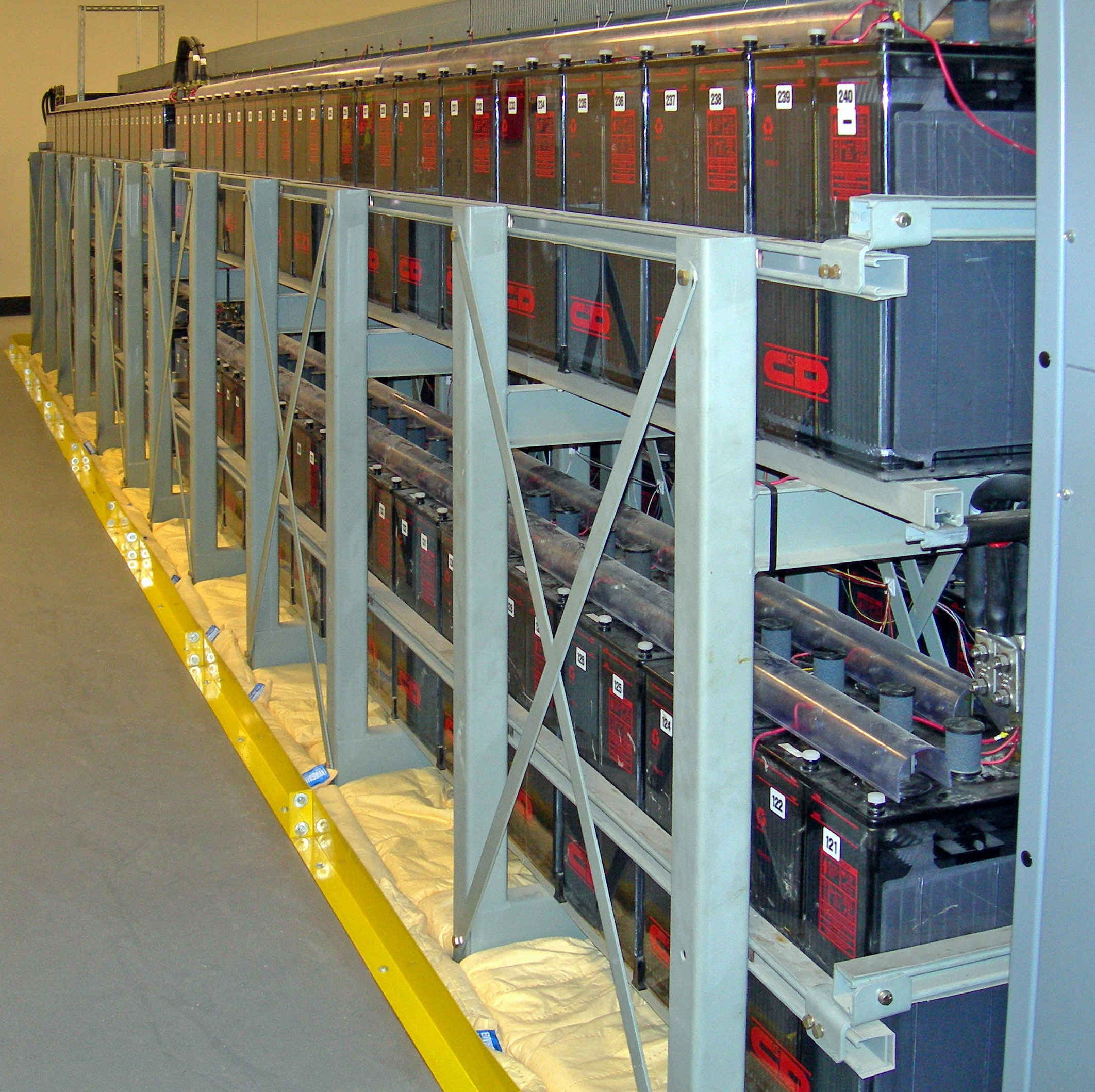|
ER2 Electric Trainset
ER2 electric trainset is a DC electric multiple unit which was in production by the Railroad Machinery Plants of Riga (in consortium with the Electrical Machinery Plants of Riga and the Railroad Machinery Plants of Kalinin) from June 1962 to mid-1984. It was essentially an improvement of the ER1 design, featuring footboards for low platforms, and aprons for high platforms, as well as improved electrical equipment and minor changes to the bodywork (specifically, the engineer's cab, side walls, headstocks, and door mountings). Since the mid-1960s, the ER2 has been the most widely used type of suburban train in the Soviet Union and its successor states. Previous Soviet electric multiple units Electric multiple units were first used in the Soviet Union in 1926 on the Baku- Sabuncu segment of the Baku mainline. These consisted of 2-car or 3-car sections, each of which had 1 power car and 1 or 2 trailer cars (a similar consist to that still used today). The motor cars used 1200 ... [...More Info...] [...Related Items...] OR: [Wikipedia] [Google] [Baidu] |
Rīgas Vagonbūves Rūpnīca
Rīgas Vagonbūves Rūpnīca (RVR) was a Latvian rail and tram vehicle manufacturer, most notable for its multiple unit trains and tram vehicles used throughout the Soviet Union and its successor states. It has been insolvent and non-operational since 2017. History The original works were founded in 1895 by the businessman Oscar Freywirth under the name Fēnikss. In 1936, Fenikss was reorganised into Joint Stock Company Vairogs, which later manufactured Ford-Vairogs automobiles under licence. Expropriated by the state following the takeover of Latvia by the Soviet Union and renamed RVR, it became for many years the largest producer of electric and diesel trains in the USSR and also produced tramcars. Its best known products are the ER1, ER2, ER7, ER9 and ER31 electric trains, DR1, DR1A and DR1P diesel trains, many of which are still in service today. Between 1973 and 1988 it built the high-speed ER200 train. Following the collapse of the Soviet Union and the Comeco ... [...More Info...] [...Related Items...] OR: [Wikipedia] [Google] [Baidu] |
Mytischi
Mytishchi ( rus, Мыти́щи, p=mɨˈtʲiɕːɪ) is a city and the administrative center of Mytishchinsky District in Moscow Oblast, Russia, which lies 19 km northeast of Russia's capital Moscow on the Yauza River and the Moscow–Yaroslavl railway. The city was an important waypoint for traders on the Yauza River, the Yaroslavl Highway passes through the city. Mytishchi is famous for its aqueduct, built in 1804, the first water supply pipeline to supply the growing population of Moscow. The city has a population of approximately 262,702 people as of . Climate Mytishchi has a humid continental climate, which is the same as Moscow but usually a few degrees colder due to significantly lesser impact of urban heat island. The city features long, cold winters (with temperatures as low as to occurring every winter and a record low of ), and short, warm-hot summers (with a record high of and temperatures reaching every summer). For example, the January daily mean is , with t ... [...More Info...] [...Related Items...] OR: [Wikipedia] [Google] [Baidu] |
Incandescent Bulb
An incandescent light bulb, incandescent lamp or incandescent light globe is an electric light with a wire filament heated until it glows. The filament is enclosed in a glass bulb with a vacuum or inert gas to protect the filament from oxidation. Current is supplied to the filament by terminals or wires embedded in the glass. A bulb socket provides mechanical support and electrical connections. Incandescent bulbs are manufactured in a wide range of sizes, light output, and voltage ratings, from 1.5 volts to about 300 volts. They require no external regulating equipment, have low manufacturing costs, and work equally well on either alternating current or direct current. As a result, the incandescent bulb became widely used in household and commercial lighting, for portable lighting such as table lamps, car headlamps, and flashlights, and for decorative and advertising lighting. Incandescent bulbs are much less efficient than other types of electric lighting, converting les ... [...More Info...] [...Related Items...] OR: [Wikipedia] [Google] [Baidu] |
Electric Meter
North American domestic analog electricity meter. Electricity meter with transparent plastic case (Israel) North American domestic electronic electricity meter An electricity meter, electric meter, electrical meter, energy meter, or kilowatt-hour meter is a device that measures the amount of electric energy consumed by a residence, a business, or an electrically powered device. Electric meter or energy meter measures the total power consumed over a time interval. Electric utilities use electric meters installed at customers' premises for billing and monitoring purposes. They are typically calibrated in billing units, the most common one being the kilowatt hour (''kWh''). They are usually read once each billing period. When energy savings during certain periods are desired, some meters may measure demand, the maximum use of power in some interval. "Time of day" metering allows electric rates to be changed during a day, to record usage during peak high-cost periods and of ... [...More Info...] [...Related Items...] OR: [Wikipedia] [Google] [Baidu] |
Driving Trailer
A control car, cab car (North America), control trailer, or driving trailer (UK and Ireland) is a non-powered rail vehicle from which a train can be operated. As dedicated vehicles or regular passenger cars, they have one or two driver compartments with all the controls and gauges required to remotely operate the locomotive, including exterior locomotive equipment such as horns, bells, ploughs, and lights. They also have communications and safety systems such as GSM-R or European Train Control System (ETCS). Control cars enable push-pull operation when located on the end of a train opposite its locomotive by allowing the train to reverse direction at a terminus without moving the locomotive or turning the train around. Control cars can carry passengers, baggage, and mail, and may, when used together with diesel locomotives, contain an engine-generator set to provide head-end power (HEP). They can also be used with a power car or a railcar. European railways have used control ... [...More Info...] [...Related Items...] OR: [Wikipedia] [Google] [Baidu] |
Power Car
In rail transport, the expression power car may refer to either of two distinct types of rail vehicle: *a vehicle that propels, and commonly also controls, a passenger train, multiple unit or tram, often as the lead vehicle; *a vehicle equipped with machinery for supplying heat or electrical power to other parts of a train. The first of these types of vehicle is closely related to the locomotive. What differentiates the locomotive and the first type of power car is their construction or use. A locomotive can be physically separated from its train and does nothing but provide propulsion and control (and heat or electricity for passenger trains). On the other hand, a power car of the first type is frequently an integral part of its train, and if the train uses distributed traction, some of the car's interior space may be used for carrying passengers or cargo. Examples United States Nearly all high speed trains use power cars, frequently at both ends. An example of these are the A ... [...More Info...] [...Related Items...] OR: [Wikipedia] [Google] [Baidu] |
Rheostatic Braking
Dynamic braking is the use of an electric traction motor as a generator when slowing a vehicle such as an electric or diesel-electric locomotive. It is termed " rheostatic" if the generated electrical power is dissipated as heat in brake grid resistors, and " regenerative" if the power is returned to the supply line. Dynamic braking reduces wear on friction-based braking components, and regeneration lowers net energy consumption. Dynamic braking may also be used on railcars with multiple units, light rail vehicles, electric trams, trolleybuses, and electric and hybrid electric automobiles. Principle of operation Converting electrical energy to the mechanical energy of a rotating shaft (electric motor) is the inverse of converting the mechanical energy of a rotating shaft to electrical energy (electric generator). Both are accomplished through the interactions of armature windings with a (relatively) moving external magnetic field, with the armature connected to an electri ... [...More Info...] [...Related Items...] OR: [Wikipedia] [Google] [Baidu] |
Storage Batteries
A rechargeable battery, storage battery, or secondary cell (formally a type of energy accumulator), is a type of electrical battery which can be charged, discharged into a load, and recharged many times, as opposed to a disposable or primary battery, which is supplied fully charged and discarded after use. It is composed of one or more electrochemical cells. The term "accumulator" is used as it accumulates and stores energy through a reversible electrochemical reaction. Rechargeable batteries are produced in many different shapes and sizes, ranging from button cells to megawatt systems connected to stabilize an electrical distribution network. Several different combinations of electrode materials and electrolytes are used, including lead–acid, zinc–air, nickel–cadmium (NiCd), nickel–metal hydride (NiMH), lithium-ion (Li-ion), lithium iron phosphate (LiFePO4), and lithium-ion polymer (Li-ion polymer). Rechargeable batteries typically initially cost more than ... [...More Info...] [...Related Items...] OR: [Wikipedia] [Google] [Baidu] |
Traction Motors
A traction motor is an electric motor used for propulsion of a vehicle, such as locomotives, electric or hydrogen vehicles, elevators or electric multiple unit. Traction motors are used in electrically powered rail vehicles ( electric multiple units) and other electric vehicles including electric milk floats, elevators, roller coasters, conveyors, and trolleybuses, as well as vehicles with electrical transmission systems (diesel-electric locomotives, electric hybrid vehicles), and battery electric vehicles. Motor types and control Direct-current motors with series field windings are the oldest type of traction motors. These provide a speed-torque characteristic useful for propulsion, providing high torque at lower speeds for acceleration of the vehicle, and declining torque as speed increases. By arranging the field winding with multiple taps, the speed characteristic can be varied, allowing relatively smooth operator control of acceleration. A further measure of contro ... [...More Info...] [...Related Items...] OR: [Wikipedia] [Google] [Baidu] |





